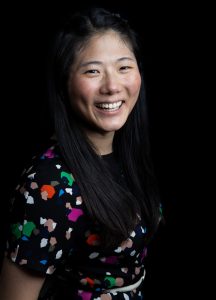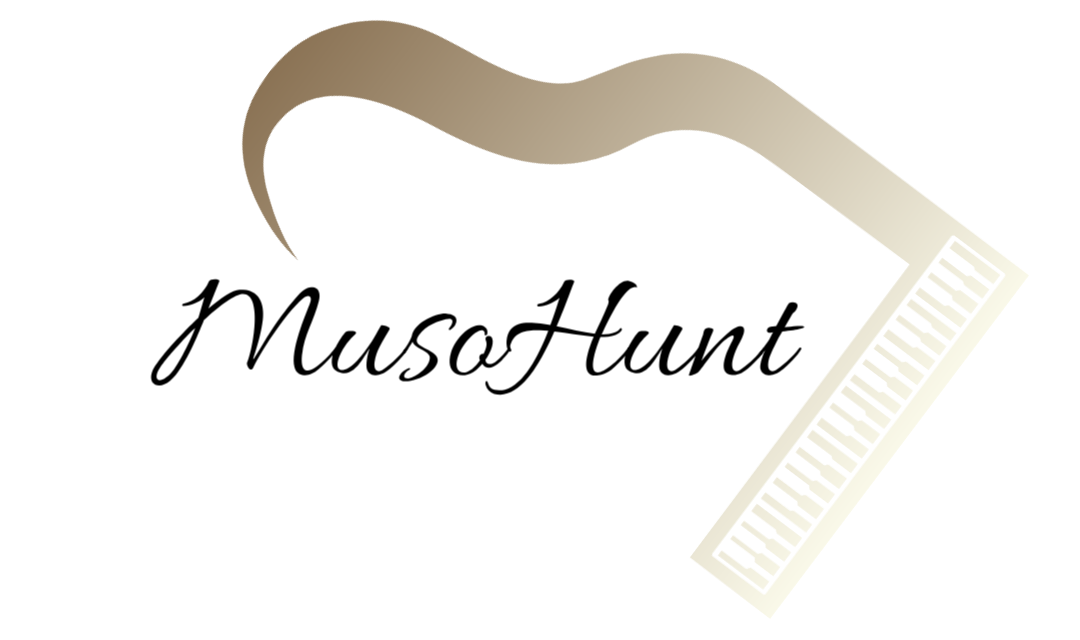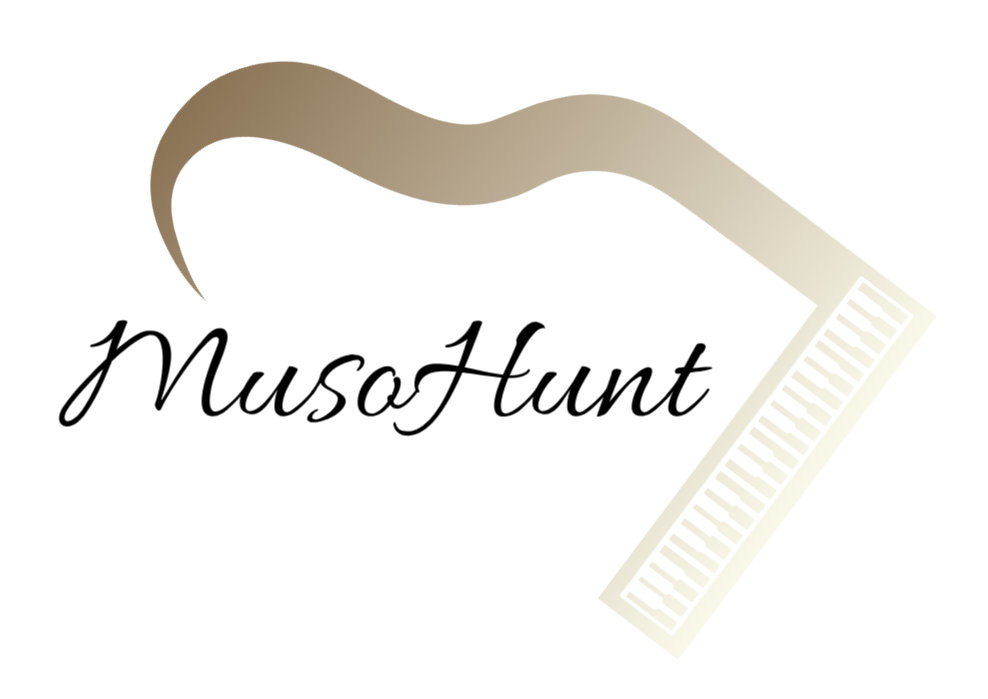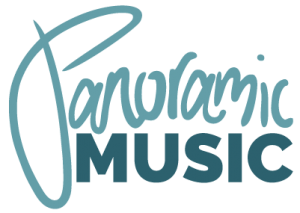
Nicole Ng
Speech difficulties in her early life meant that Nicole Ng faced challenges in expressing her emotions and feelings through words. Learning the piano at the age of seven helped to develop her confidence and communication skills and she inspires others through her expressive playing and passion for music.
Guiding her aspirations of a creative career as a collaborative pianist, piano teacher and dance accompanist, Nicole is currently undertaking a performance teaching degree with Caroline Almonte at the Melbourne Conservatorium of Music (MCM).
Nicole is a busy and in-demand performer, educator, writer and mentor. She has performed with many chamber ensembles, freelanced as a collaborative pianist for music examinations and concerts, ballet classes, performed with orchestras (Melbourne Youth Orchestra, and Victorian Youth Symphony Orchestra), inspired future pianists through her piano teaching, featured as a writer in Rehearsal Magazine, Fever Pitch Magazine, and in major blog platforms for the University of Melbourne.
Nicole specialises in classical piano, AMEB practical and theory examinations, and ensemble teaching. She loves teaching students from preschool to adults, including students with special needs. She has a well-balanced teaching approach by creating a supportive, student-centred learning environment, while nurturing their love and passion for music and the piano by continuing to further develop their music learning and practice.
Nicole has a teaching moral of student-centred learning and having student’s leading or driving their lessons and music learning. Taken from her current and past music education learning experiences as a student and teacher perspective, she highly values each student’s input, needs and wants towards their music learning and practice. Learning about each student’s interests and passion in music, shapes the way she teaches them music. This would enable her students to become independent and self-efficient learners, but also to be intrinsically motivated and passionate on what they love and want to learn on the piano.
In additional to incorporating student-centred learning, Nicole builds a strong student-teacher relationship to learn and to be aware about their learning styles, personality, most importantly developing trust and respect. Knowing how each student learn and respond to how Nicole teaches them concludes to how she would tailor their music curriculum and learning for the year or school term. One of the examples she would be offering a new young beginner student is a simple method book and theory book. Then, eventually throughout the year when they are showing great interest learning the piano, she would supplement them with additional materials and resources such as, choosing a piece that they want to learn, or assigning them sight-reading activities. Creating self-efficient and independent learners would be firstly reflecting on their progress throughout each term. This would be identifying their strengths and areas needed to further improve and develop, and their learning efficiencies through their practice and lessons. Then, they are creating intrinsic goals with the student to achieve for the next term or the semester ahead.
Not only she would include their personal goals and interests, but she also thinks of creative ways to support their learning when she encounters students with special needs or disability. Examples would be providing a structured lesson plan, visual aid handouts for the students to learn, being understandable, adaptive and flexible during their lessons.
Nicole believes that learning music should be fun, filled with curiosity and exploration. Examples would be encouraging students to ask questions about what they are currently working on or exploring new ways to practice or perform. Being curious and to explore anything about music, whether it is music theory, recorded performance or learning about the composer, is one of my top teaching philosophies she cherishes, shares and teach towards her students. One of her teaching methods of creating enjoyment and fun towards their music learning is gamification, a new teaching methodology of teaching learning concepts through games and activities. By using games and activities, students engage and absorb music theory more than traditional teaching methods such as completing music worksheets. This doesn’t mean, she doesn’t value traditional teaching methods over modern teaching methods. She believes it should be intertwined to create a well-balanced learning environment.
As Nicole is an active, collaborative performer, she values the skills and knowledge of building up their ensemble skills. This would be simple as playing with the metronome, playing basic piano duo works, or myself playing the accompaniment part that’s supplied in their method book. By being an active performer, she wishes and encourage all students to perform, and to develop a love to share music with others.




